Cyrus XR Series: a clean break from Classic with a decade of evolution in front of it
We sit down with Cyrus to talk all about its all-new flagship hi-fi range
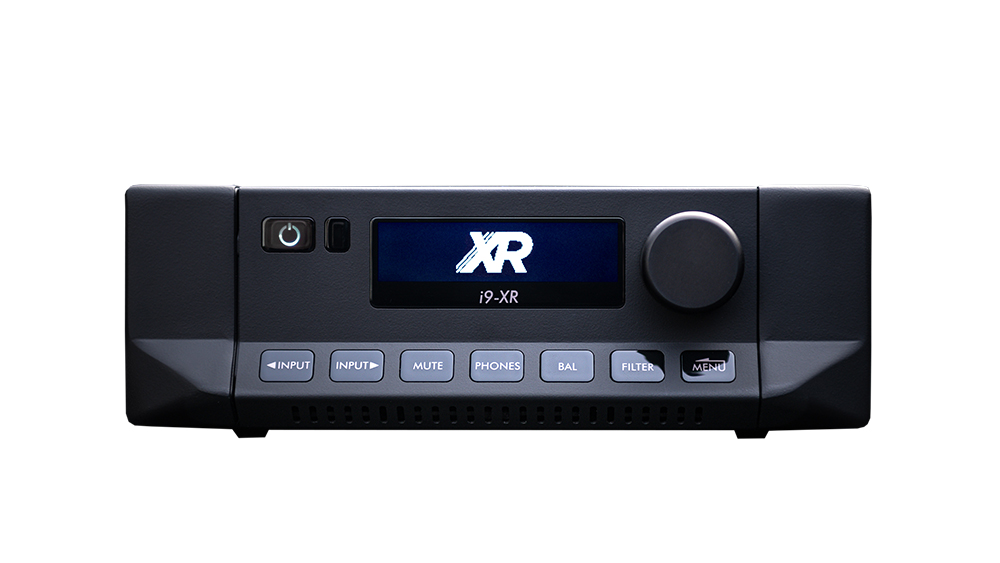
When a company develops a range of hi-fi components the next level up from one as legendary as Cyrus’s Classic Series, we get as excited as a kid visiting Disney World for the first time.
We felt just that emotion at the beginning of the year when Cyrus announced its XR Series, a six-strong flagship range priced between £1995 and £3995. The XR Series has been designed from the ground up to sit above the British brand’s critically acclaimed Classic offering (from which the multi-Award-winning CDi player, Stream Xa, Phono Signature, and many other five-star models and evolutionary Signature variants, have spawned over its decades-long history).
Cyrus’s latest and greatest series – comprising the i7-XR and i9-XR integrated amplifiers, CDt-XR transport and integrated CDi-XR, Pre-XR preamplifier and PSU-XR power supply – is still some weeks away from entering our test rooms. So, while we wait ever so patiently and in the meantime celebrate British HiFi Week, we sit down with the company’s head of research and development, Ceri Williamson, joined by marketing director David Patching, to talk about what was involved in bringing the XR to fruition and what we can expect from it both now and in the future.
- Read our new Cyrus CDi-XR CD player review
A clean break
“What I think a system should do, and what I aim for the Cyrus sound to be, is to create something that’s real; something that conveys passion and emotion that the artist in the studio was trying to lay down... but without exaggerating it. It is sound that’s detailed but not overly bright, unless intended by the artist. But the most important thing is that it’s enjoyable,” responds Williamson when we ask how he would define the ‘Cyrus sound’.
XR is the company’s best representation of that yet, but rather than being an evolution of the renowned Classic range, as might have been expected considering its ongoing success, XR has more revolutionary roots, having started, in many ways, from a blank canvas.
“It was a clean break, a new development, a new product,” says Williamson. “It wasn't a rolling development of an existing range; it was all the blue-sky thinking that had accumulated over the past eight years while I've been working on other projects, that we hadn't managed to shoe-horn into the architecture of the Classic range. This was the perfect time to go through ideas, prototype them, test them and prove their merits – anything that showed legs made the cut, anything that didn't was rejected. We built the architecture up from that point.
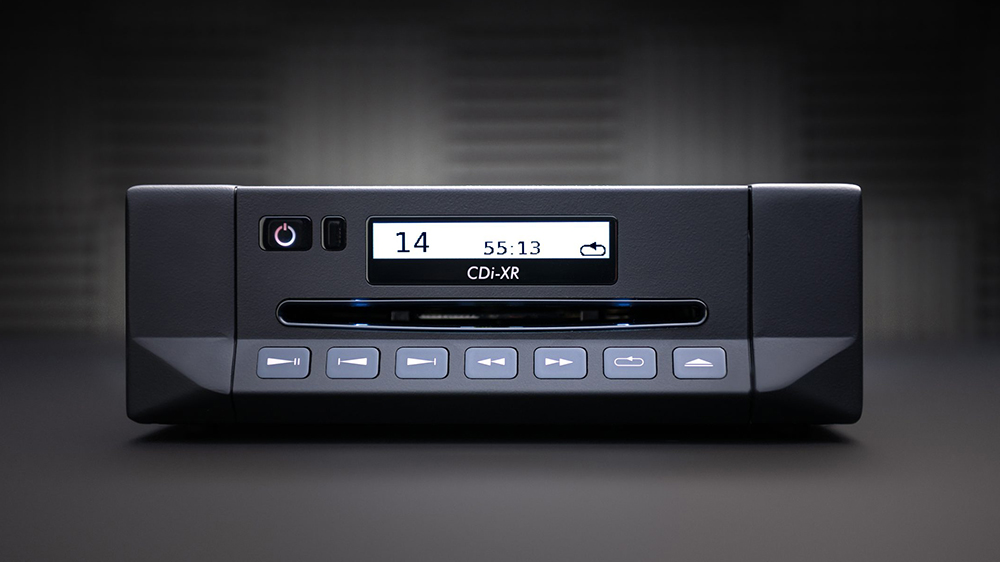
“We wanted its performance to be a good step above our Classic Signature products. And while the sky wasn’t the limit – as much as I would love that to be the case! – and as with any project, we were working to a budget, we did suitably amend the budget to allow me to have more free rein and a wider choice of components. We could pick some top-shelf stuff that’s out of the reach of our Classic range,” he says. And Patching elaborates: “Like using Schottky diodes, for example, and using relays on inputs to isolate the signal paths. There are some exotic bits in there.”
Get the What Hi-Fi? Newsletter
The latest hi-fi, home cinema and tech news, reviews, buying advice and deals, direct to your inbox.
Williamson continues: “One of the biggest goals was to try to get noise under control – and by noise I don't necessarily mean the standard measurement of signal-to-noise, where you plug an amp into resistors, stick a big signal through it and measure the background noise. Almost any product will give you good numbers there. What you tend to find is that when that system is in a room with speakers, and the whole system is playing music and vibrating a bit, you’ll get some microphonic effects of the circuit – some eddy currents created within the amplifier’s circuit itself that can affect other parts of the circuit. We see that as this blackness behind the music we’re listening to.
“So it was more working on controlling those areas so that when the amplifier is there playing music we’re getting as close as possible to the ideal signal-to-noise ratio that you measure on the bench.”
DAC: jump from first-gen to second
Unsurprisingly, one of the principle improvements in such a digital-friendly range as this is at the digital-to-analogue conversion stage. Here Cyrus has built on the ‘first-gen’ DAC design it developed in 2019 and offered as a QXR DAC module upgrade to its amplifiers, preamplifiers and DACs of the previous decade.
“Our first-gen DAC started as a research project. We saw the XR coming down the tracks and wanted a good DAC to go with it that hit the features list the market requires and that also sounds good. We started with a blank sheet of paper, researched and prototyped a few different technologies. We built a discrete R2R DAC, a FPGA DAC, and got DAC chips from various manufacturers; and we had a play with all that. Ultimately we decided to go for one from a DAC manufacturer.
DAC chips are a lot more open than they ever used to be; you used to get a chip and that would be it, but with this ESS chip you can get in there and configure it how you want. It gave me the best of both worlds: it gave me dedicated hardware that was much lower noise and better performance than an FPGA chip is, plus the option of configuring it and getting the sound I want out of it. It seemed like a no-brainer.
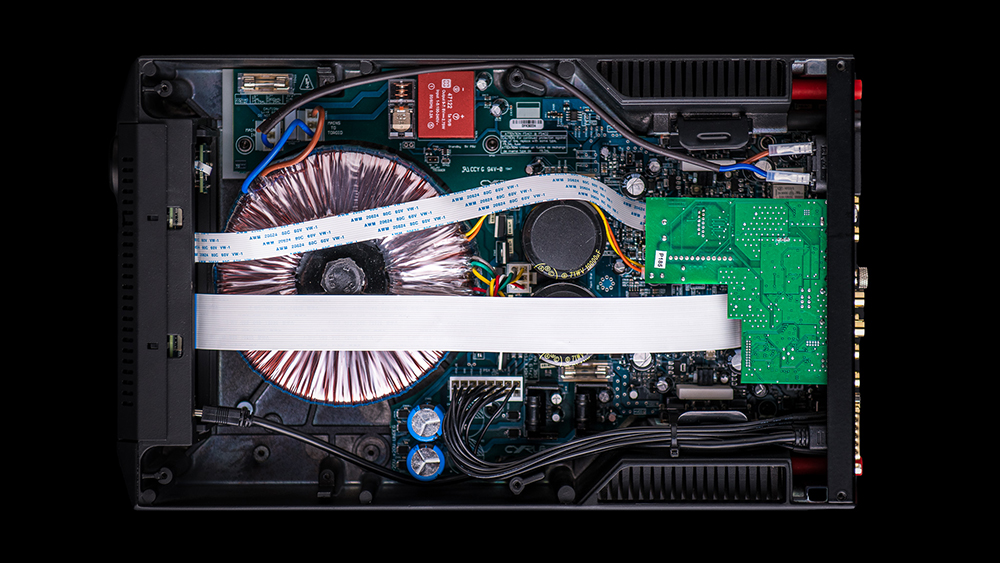
“In that earlier [first-gen DAC] project, everyone in the Cyrus listening team thought that was such a step-up over the current Qx DAC we had in our products at the time that it was in itself worthy of providing as an upgrade. That’s why the Qx upgrade card became a customer option; it became the first-gen DAC.
“That was two years ago, and in that time we’ve been developing it for the XR series. There’s been a lot of fine-tuning of components: we changed the analogue filter section on it; we redefined the power supply to lower the noise. All incremental improvements that stack up to make this second-generation DAC quite different from the first gen.
“As we could configure the chips, I was like: 'Let’s try lots of different things!',” says Williamson. And it’s that openness to experimentation that led to the XR featuring user-selectable DAC filters – a first for Cyrus products. “I come from a pro audio background so have some time under my belt with studio mastering. Early digital recordings were quite heavily brick-wall filtered at the ADC [analogue-to-digital stage], so what we tried to do for our brick-wall filter setting was to match it to the one they use at studios. In effect, we tried to get two negatives to cancel each other out so that the in-band phase disturbance you get from the studio brick-wall is cancelled out on the playback brick-wall,” he explains.
“Various different filters have been used over the years in studios, so we’re giving customers a couple of choices of those. We aren’t expecting anyone to know what filter has been used on what recording, as it’s not something that’s ever published. But, when listening, eight out of ten times we can say 'yes that’s the one that was used' - when you hear it, it jumps out as sounding better, it has a little sparkle and a burst of life. Conveniently there’s a front-panel button on the units so you can simply poke that button or change the filters from the remote to flick through.”
“Having all these options available to us, it seemed wrong to impose a one-size-fits-all,” says Patching. “This gives customers the option to tweak and change.”
Power supply redesign
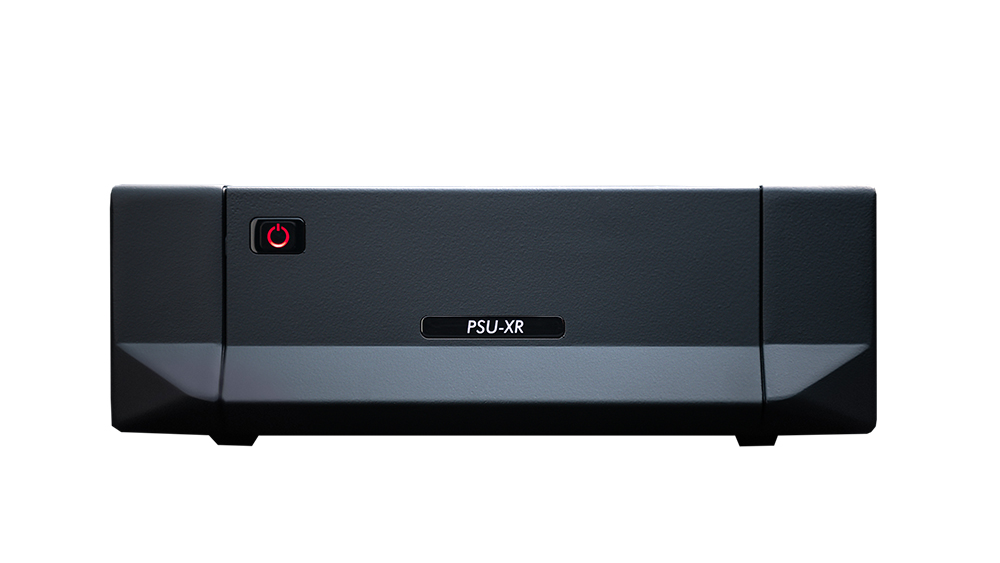
Cyrus has enhanced the power supplies within its XR components. Using Schottky rather than standard diodes for the circuit’s bridge rectifier has, Cyrus says, reduced the [output voltage] drop when it’s fully under load [of current] from approximately two volts to less than a one volt. “It doesn't sound like a lot, but when you're working on tight margins every bit of improvement does add up,” says Williamson. But the core design of the range’s external power supply, the PSU-XR, which will arrive later this year for around £2000, has been thoroughly overhauled. The result? Cyrus says it delivers 60 per cent more power than the existing PSX-R2 and is twice as efficient.
“It’s very different from the Classic range’s external power supply, which worked as effectively a 10x DC amplifier. The host product you've plugged it into would send it a reference voltage. For example, if it wanted 30 volts it would send it 3 volts, the power supply would see that and amplify it by 10 and send that minus 30 volts back to the product. It was great as it meant it was very adaptable for many products. The PSX-R2 we did a few years back was a refinement of that design – we pushed the noise down, but couldn't change that full level of mode of operation. We always felt that was the limit of that supply.
“So when I had the chance to have a clean break with the XR, we went for a totally different control method. This time there’s full bidirectional communication between the two microprocessors [in the power supply and host product]. They can talk, set power supply voltages for any of the rails – the new PS-XR can deliver five power supplies at once – report back to the host product how much power it’s using, and can control turn on/off delays. It’s a very future-proofed system.
“Within the Classic PSX’s design stage, we had to choose which part of the circuit we wanted the power supply to enhance. This one has five totally electrically isolated rails (the only point they meet is in the host product, eliminating the chance of ground loops or interaction between analogue and digital stages) and so can give boost to more areas at the same time.
“The interface is so comprehensive that if we did want to make it backwards compatible with the older products we could, the downside being that they would only ever use two rails of it, which would be quite a waste,” concludes Williamson.
A Classic update
But as Patching stresses, Cyrus is trying to maintain everything within the Classic range and develop it: “We’re far from obsoleting the Classic range, it’s still relevant.” He has a point: while old enough to be classed a veteran, the Classic range is, in many of its product fields at its price point, still high up the ranks. The CDi integrated CD player, for one, is still a current What Hi-Fi? Award winner, seven years after it first took the £1000 market by storm. That said, we might well expect the XR technologies and methods to pave the way for future Classic progression.
“The learnings we have had from this will most definitely trickle down,” says Williamson. “Once you learn something as you engineer, you don't turn it off and not use it for the next thing: whatever you’ve learned from the last design goes into the next one. It might be at a totally different price point, but the fundamental learnings still apply.”
And the Classic’s longevity is something the XR will undoubtedly aspire to, as products (the range has, for example, launched without a music streamer) and maturations come down the line. “Classic has evolved from the original Cyrus 6 amps to the DACs to the XPs, and we expect XR to go on a similar journey,” says Patching. “This range has got a decade of evolution in front of it. But with XR we don't want to just evolve stuff that’s in the Classic range, we want to do something that’s interesting and different and relevant. It just takes longer to develop a new design rather than use and evolve an existing one.”
Design language consistency
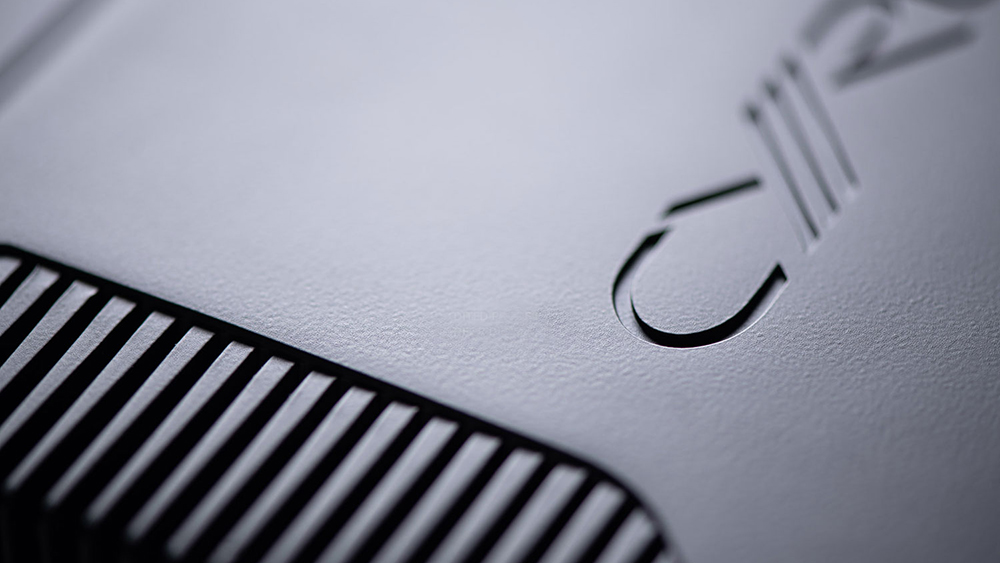
When Cyrus’s budget ONE Series hit the market in 2016, bringing with it an off-piste move to a more contemporary aesthetic that in our Cyrus One amp review we called “exotic”, we wondered whether that would dictate a future style change higher up the product line. But, while Cyrus wanted the Classic series to look visually like a series, and the XR to look like a distinctly separate series, it was important to keep the design language between those two ranges consistent.
“The ONE Series was done in a folded aluminium chassis because cost dictated that – there’s no way we could have made a ONE Series in the [Classic’s] chassis as that raw part is very expensive. But we stuck with the die-cast aluminium chassis [with the XR] because of the benefits it has. It has a non-resonant design – give it a bang and it doesn't ring, it has been shaped internally to be as naturally dead as you can get a piece of aluminium. And it gives boards good shielding and protection,” says Williamson.
“As much as anything else, though, [XR] is visually close enough to Classic series," he continues. Visually, the biggest discrepancy between the two is the XR's new Phantom Black paint finish. "One of Cyrus’s brand philosophies is the path of customer upgrades. So, while we wouldn't expect all our Classic series customers to rush out overnight and replace all their boxes with XR series – although I’m sure the sales team would love that! – we have stuck with this box so that when they [Classic and XR Series products] share the same rack, they don't look completely alien to each other.”
“When we’re planning these products we are always thinking about how people will actually live with them on a day to day basis,” adds Patching. “Making gargantuan chunks of aluminium milled out is not really our jam! Half-width is part of our DNA; we’re into small footprint and efficiency.”
MORE:
Read our new Cyrus CDi-XR CD player review
See all our British Hi-Fi Week 2021 reviews and features
Becky is the managing editor of What Hi-Fi? and, since her recent move to Melbourne, also the editor of the brand's sister magazines Down Under – Australian Hi-Fi and Audio Esoterica. During her 11+ years in the hi-fi industry, she has reviewed all manner of audio gear, from budget amplifiers to high-end speakers, and particularly specialises in headphones and head-fi devices. In her spare time, Becky can often be found running, watching Liverpool FC and horror movies, and hunting for gluten-free cake.
-
manicm I don’t know. At the price the XR amplifiers don’t seem compelling enough. I’d like to see a mega test between the XR i7 and the Naim Unit Atom for example. In this case the Atom is actually the underdog.Reply -
NHL99 Would be interesting to see a group test between new Cyrus, Naim, Hegel, Cambridge, Rega. Which holds the throne?Reply -
manicm ReplyNHL99 said:Would be interesting to see a group test between new Cyrus, Naim, Hegel, Cambridge, Rega. Which holds the throne?
At 2300 pounds the Cyrus has its work cut out frankly. -
NHL99 I've owned a Rega Elex-r, strange thing was I couldn't experience much difference from a Denon D-M39. The Hegel, when auditioned, had overblown bass. Naim lacked details, Cambridge sounded thin. Only Cyrus, class AB, had some kind of high-end quality.Reply
